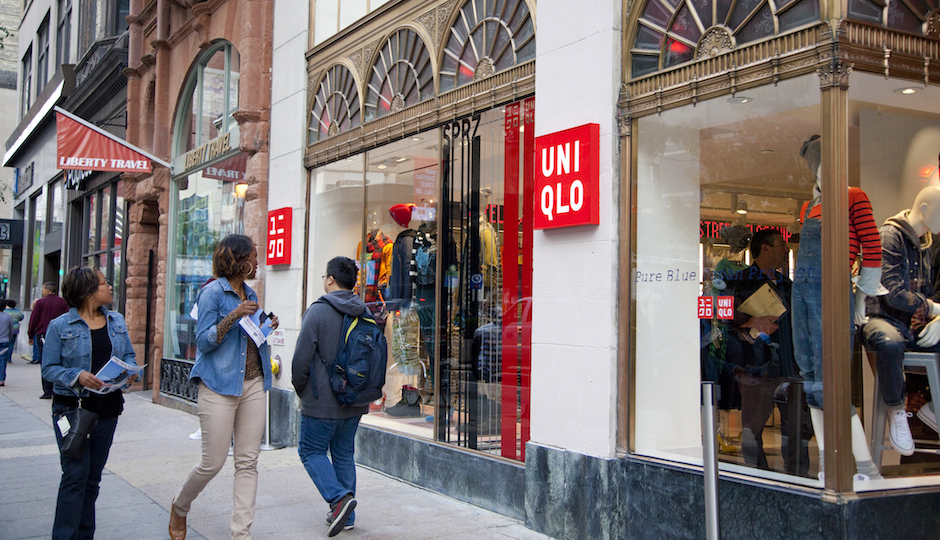CCD Report: Millennials Help Spur Strong Retail Growth

National and international retailers like Uniqlo have created positive buzz and helped turn around Chestnut Street’s fortunes, but independent local retailers remain the backbone of Center City’s increasingly strong retail scene. | Photo: M. Fischetti for Visit Philadelphia
Just as the influx of new residents into Center City ultimately overflowed its confines, the retailers and restaurateurs that are rushing to serve them are finding they need to expand their horizons in order to find suitable space.
That’s one of the main takeaways from “Center City Reports: Philadelphia Retail” (PDF), the latest in a series of periodic reports by the Center City District and the Central Philadelphia Development Corporation, issued yesterday (Dec. 5).
According to the report, the 185,000 residents of “Greater Center City” — the area from Girard Avenue to Tasker Street from river to river — generate $1 billion in retail demand each year. Actually, they don’t do this all by themselves: 300,000 workers, 117,000 college students and visitors who stay for a total of 3.1 million hotel room nights all contribute their share to this demand.
Local and national retailers and restaurateurs have flocked to Center City to satisfy that demand, and that rush has in turn caused retail rents in Philadelphia to rise faster than in any other U.S. city save Miami.
According to the report, there are now some 3,283 storefronts in Center City, split almost evenly among retail stores (1,049), food establishments (1,006) and service providers (1,228). And while the growth of Center City has attracted increased attention from national retailers — more than 45 have opened up shop in Center City since 2013 — the city core’s commercial base remains strongly local, as boutique, independent and local establishments account for 77 percent of all Center City retail stores and restaurants.
Millennials account for a good chunk of this increased demand. They account for 40 percent of the population of Greater Center City and 46 percent of its core. Many are college students who decided to stick around after they graduated; the report cites a Campus Philly survey that found 64 percent of students attending college here stay here after graduation, a higher ratio than Boston (50 percent) or Baltimore (37 percent). And, the report notes, they’re entering their peak spending years.
That in turn has produced the recent retail gold rush. As retailers seeking to cash in have driven up rents around Rittenhouse Row, newer entrants and retailers seeking larger floorplates have begun looking east of Broad Street. Seven retail projects now under way, including a makeover of the Gallery mall, will create more than 1.1 million square feet of retail opportunity in Center City’s eastern half. And already, projects like East Market are creating new retail clusters to join such established ones as Rittenhouse Row and Jewelers Row.
The greatest beneficiary of this retail ferment, however, may be the city’s longtime main shopping street, Chestnut. The removal of the Chestnut Street Transitway a decade ago has enabled a major revival of foot traffic on the thoroughfare; CCD pedestrian counters show that more people pass through the intersection of 16th and Chestnut than any other in the city’s retail precincts, and foot traffic on Chestnut Street now equals or surpasses that on Walnut. That’s good news for retailers up and down the market who have opened stores on Chestnut Street over the past several years, from mass merchandisers like Target to high-end furniture stores like Cella Luxuria.


